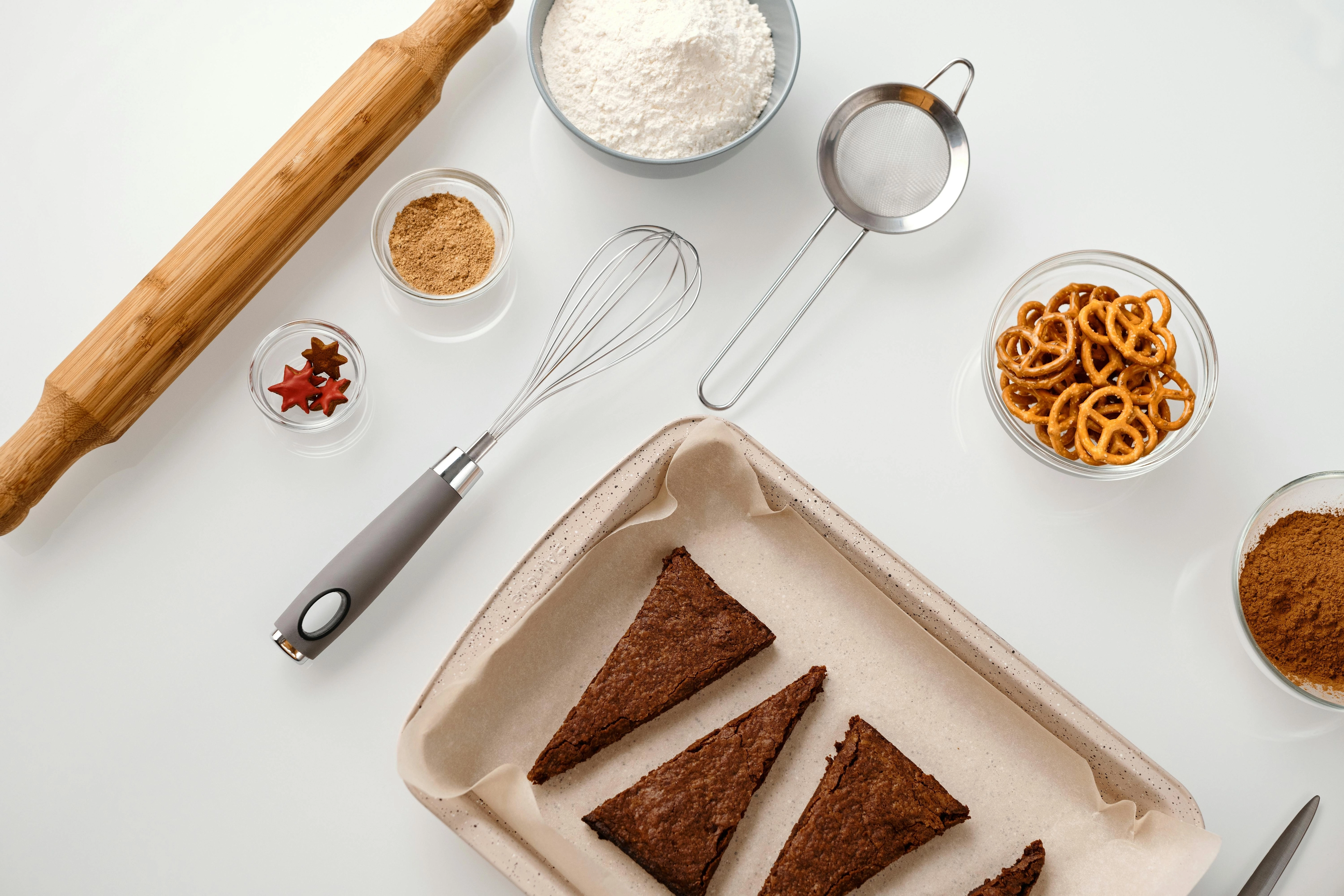Soaking dal, or lentils, before cooking is a common practice in many culinary traditions. Experts suggest that the soaking time can vary depending on the type of dal being used. Generally, smaller varieties like red lentils may require only about 15 to 30 minutes of soaking, while larger lentils such as chickpeas or kidney beans benefit from longer soaking times, typically ranging from 6 to 8 hours or even overnight. Soaking not only helps to soften the dal but also aids in reducing cooking time, making the lentils more digestible and enhancing nutrient absorption.
The primary purpose of soaking dal is to initiate the germination process, which can unlock additional nutrients and improve texture. When lentils are soaked, they absorb water, swell, and begin to break down some of their starches, resulting in a creamier consistency when cooked. Additionally, soaking can help to remove some of the oligosaccharides, which are known to cause gas and bloating in some individuals. Thus, soaking can contribute to a more enjoyable eating experience while also promoting better digestive health.
For those in a hurry, quick-soaking methods are also available. This involves bringing the dal to a boil for a few minutes, then removing it from heat and allowing it to sit in hot water for about an hour. This method can drastically reduce the time needed for soaking while still yielding some of the benefits associated with the traditional soaking technique. However, for the best results in terms of flavor and texture, experts typically recommend taking the time to soak lentils properly.
In conclusion, the ideal soaking time for dal depends on its variety and your cooking goals. While small lentils can be ready in less than half an hour, larger legumes may need a more extended soak to achieve optimal tenderness and digestibility. Whether you choose the traditional soaking method or a quick soak, incorporating this step into your cooking routine can lead to enhanced flavors and a more satisfying dish. Ultimately, understanding the nuances of soaking can elevate your culinary skills and deepen your appreciation for the diverse world of legumes.




